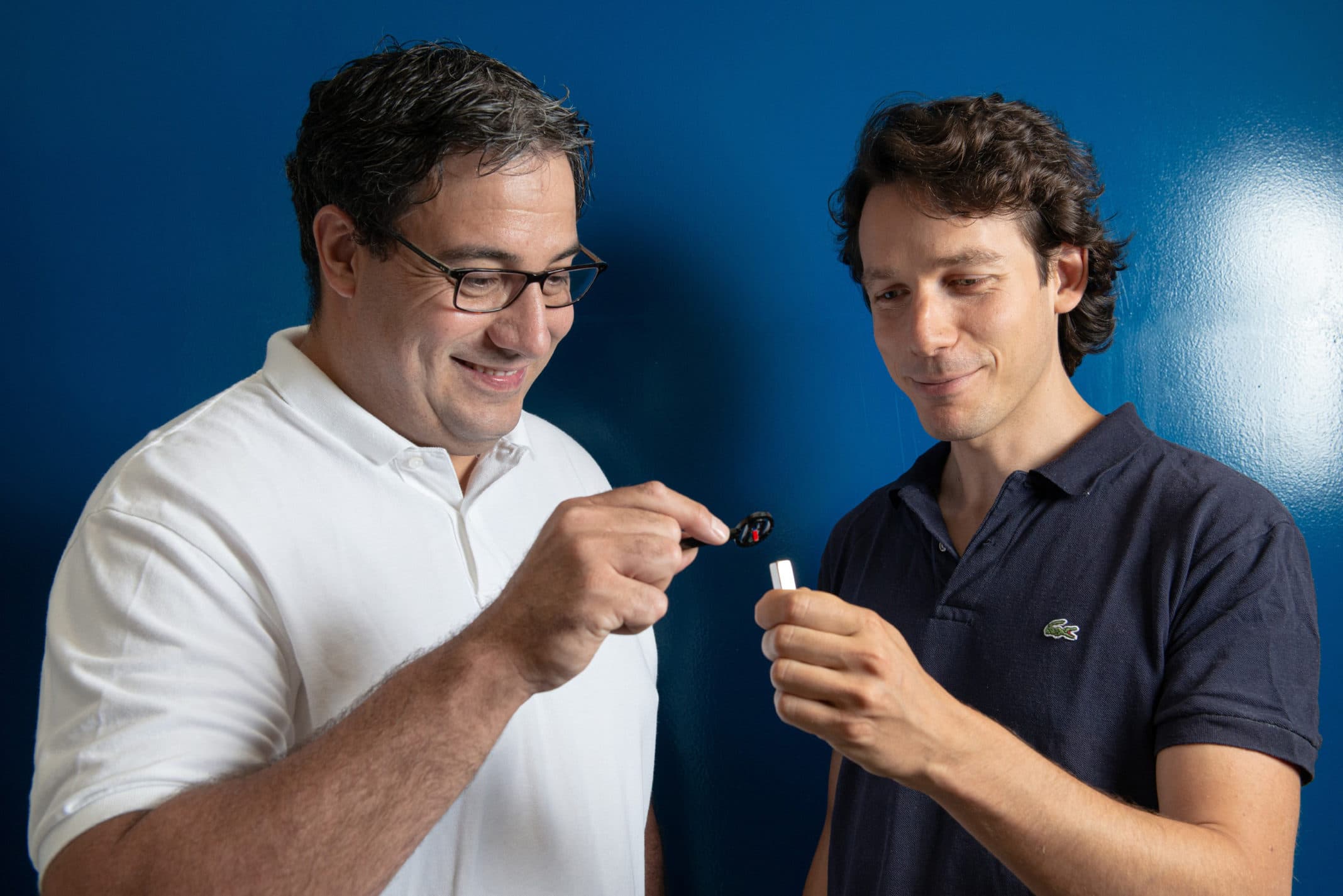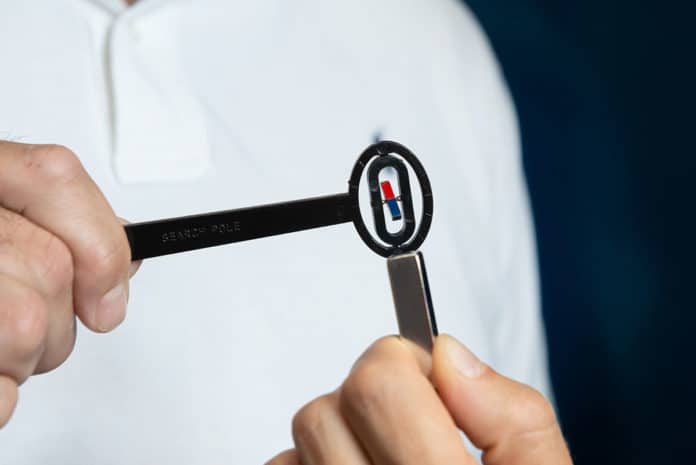Neutrons have assumed a vital role in examining and probing magnetic phenomena in atter due to their intrinsic magnetic moment and charge neutrality.
Neutrons are, as their name proposes, electrically neutral and are the building blocks of almost all atomic nuclei. Neutrons interact with magnetic fields due to their spin.
Specialists at the Paul Scherrer Institute (PSI) have now demonstrated that this property can be used to envision magnetic fields. They used polarised neutrons, which implies that the majority of the neutrons have the same spin orientation.
Using neutrons obtained from the SINQ spallation source, scientists developed a new method with which strong magnetic fields can be precisely measured.
If beams of polarized neutrons go through a magnetic field, a refraction of the neutron beam can be detected behind this field. From the refraction pattern, the magnetic field and precisely the distinctions in field qualities can be reconstructed. Just because this technique, otherwise called polarized neutron grinding interferometry (pnGI), has been used to quantify magnetic fields.

CREDIT
Paul Scherrer Institute/Mahir Dzambegovic
Christian Grünzweig, a neutron researcher at the Paul Scherrer Institute PSI said, “pnGI can be used to measure powerful magnetic fields with a so-called gradient strength in the order of 1 Tesla per centimeter. This allows us to move in orders of magnitude about one million times stronger than Earth’s magnetic field. Until now, neutrons could only be used to measure significantly weaker magnetic fields.”
Jacopo Valsecchi, first author of the study and a doctoral candidate working at PSI said, “Numerous applications are conceivable for the new method, above all because neutrons penetrate most materials non-destructively. We can also probe magnetic fields that are difficult to access because they are already built into an apparatus.”
“Applications range from alternators in car engines to many components of the energy supply system to magnetic fields from magnetic resonance tomography systems used in medicine.”
Scientists have shown that their method works by using computer models to simulate the expected results of the measurement. Next, they checked whether comparable results could be achieved with a real measurement.
Grünzweig said, “The results from the simulations and the actual measurement results agree very well.”
Valsecchi said, “With the new method, fluctuations in the magnetic field can also be detected. For example, even permanent magnets, such as those familiar from magnetic stickers for refrigerator doors, do not have a homogeneous magnetic field. We can now detect possible gradients, even if the magnetic field is powerful.”
The results of this study are published in the journal Nature Communications.
